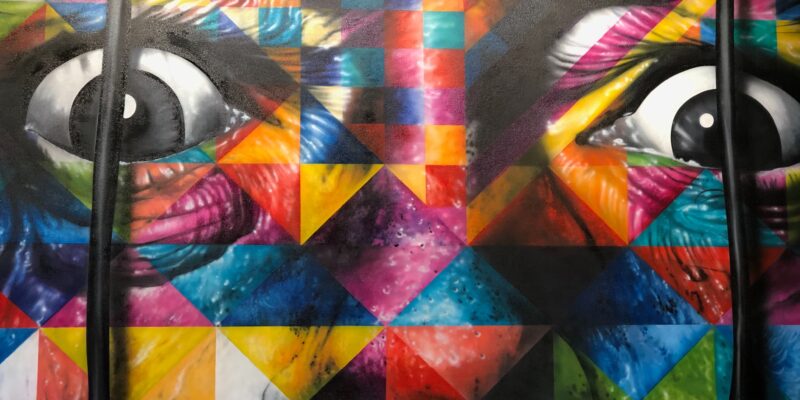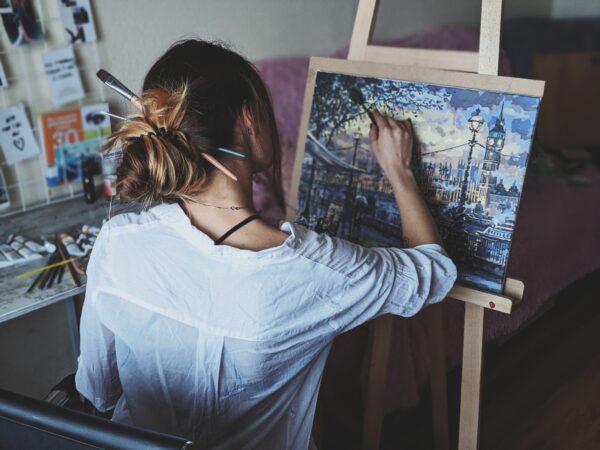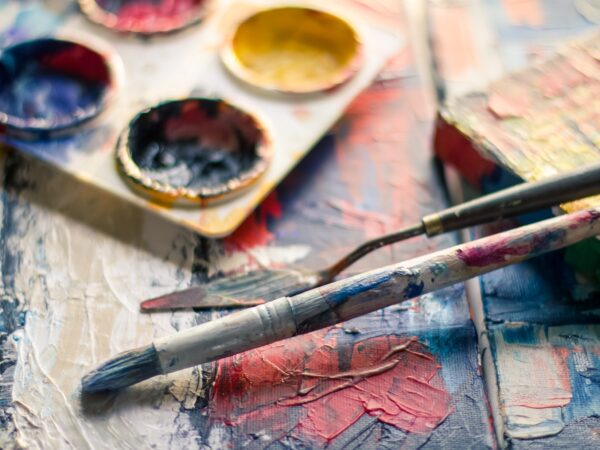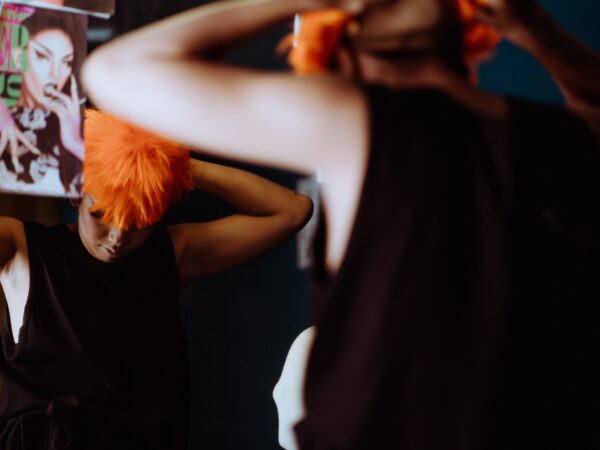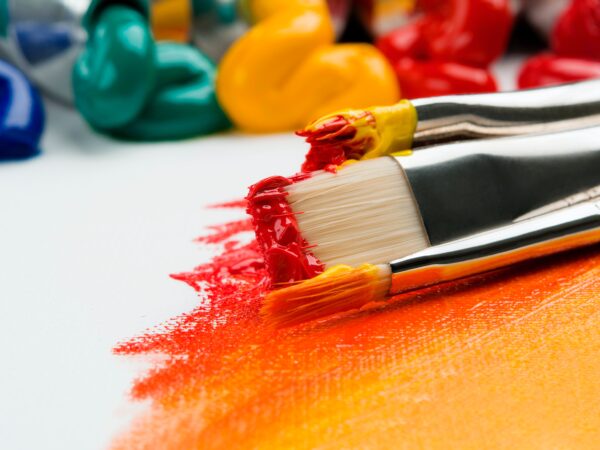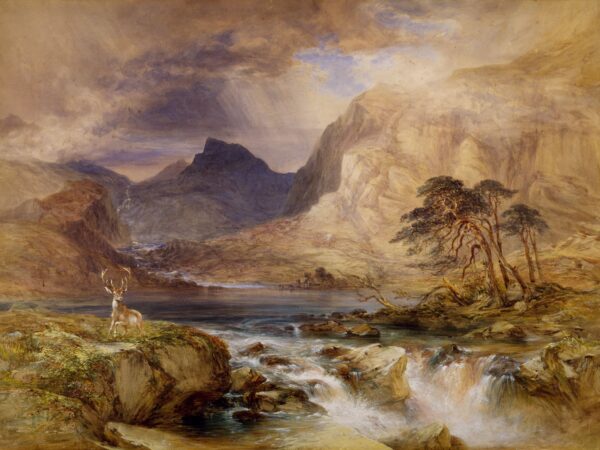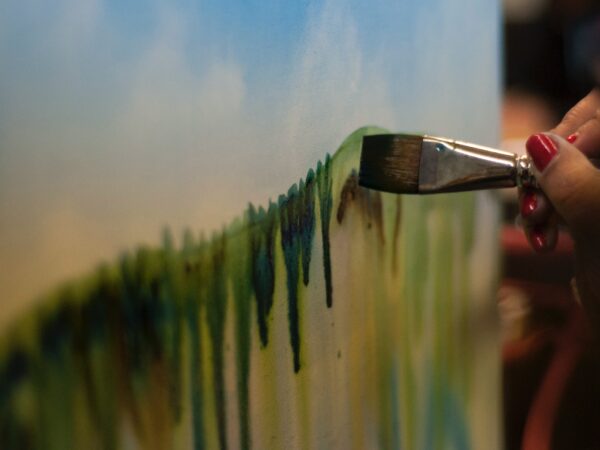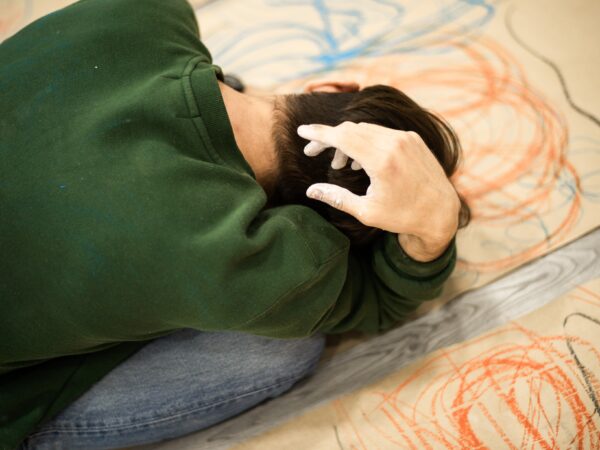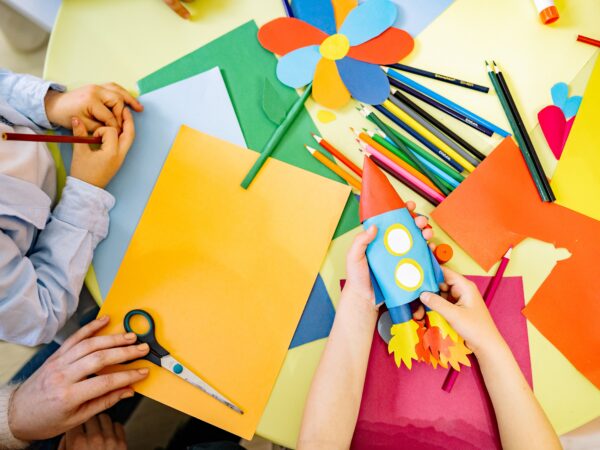Since the beginning of time, art has been an important part of human life. From the earliest cave paintings to the most cutting-edge modern art, art history is a rich and complicated tapestry that shows how human thought, culture, and society have changed over time.
This article gives a complete overview of how art has changed over time, from prehistoric art to art made today.
Prehistoric Art
During the Paleolithic period, when people lived in caves, they used natural piguments to make very detailed paintings. People think that these paintings,
which showed animals, people, and abstract symbols, were made for religious or ritualistic reasons.
Ancient Art
Art got more complex and varied in the ancient world. In Egypt, art was used to show the pharaohs and their gods.
In Greece and Rome, on the other hand, art was used to show how beautiful and successful people were. Ancient art was also used to send political and social messages, like the Roman Empire’s propaganda or the Byzantine Empire’s religious art.
Medieval Art
Art was mostly used for religious purposes in the Middle Ages. During this time, the illustrations and calligraphy on illuminated manuscripts were very detailed, and the stained glass windows in Gothic cathedrals showed very clear scenes from the Bible.
Renaissance Art
During the Renaissance, art and culture in Europe made a lot of progress. Artists like Leonardo da Vinci, Michelangelo, and Raphael made works that praised the human body and looked at how science works. During the Renaissance, there were also a lot of new kinds of art, like perspective painting and printmaking.
Baroque and Rococo Art
During the Baroque and Rococo periods, art was often used to show who was in charge, whether it was in the church or the government.
In Baroque art, dramatic lighting and strong emotions were used to give a sense of grandeur and drama. In Rococo art, on the other hand, the focus was on ornate decoration and playfulness.
Art and politics
Throughout history, art has often been used as a way to express or spread political ideas. From ancient Egyptian pharaohs ordering big statues of themselves to modern political posters and cartoons, art has been used to change people’s minds and push political agendas throughout history.
Art and Religion
Many of the most famous works of art in the world were made for religious reasons. Religious art has been a big part of the history of art, from the intricate mosaics of Byzantine churches to the huge cathedrals of medieval Europe.
Art and Technology:
The history of art and technology has been closely connected. From the rise of perspective painting during the Renaissance to the rise of digital art in the 21st century, technological advances have had a big impact on how we make and enjoy art.
Art and Global Culture
The history of art is not limited to a single cultural tradition or geographic area. When you look at the work of artists from different parts of the world, you can learn a lot about how cultural traditions and historical events have affected the development of art.
Art from the 1900s and 2000s
During the 19th and 20th centuries, art became more experimental and varied. Impressionism, Cubism, Surrealism, and other art movements changed the way people thought about art and how it should be shown.
At the same time, new media like photography, film, and digital art came into being. Contemporary art keeps pushing the limits of what art can be.
Artists experiment with installation art, performance art, and conceptual art, among other things.
Conclusion
In conclusion, the history of art is a big and complicated subject that shows how culture and society have changed over time.
From the earliest cave paintings to the most cutting-edge modern art, artists have used their work to explore the human experience and share their ideas and feelings with others.


